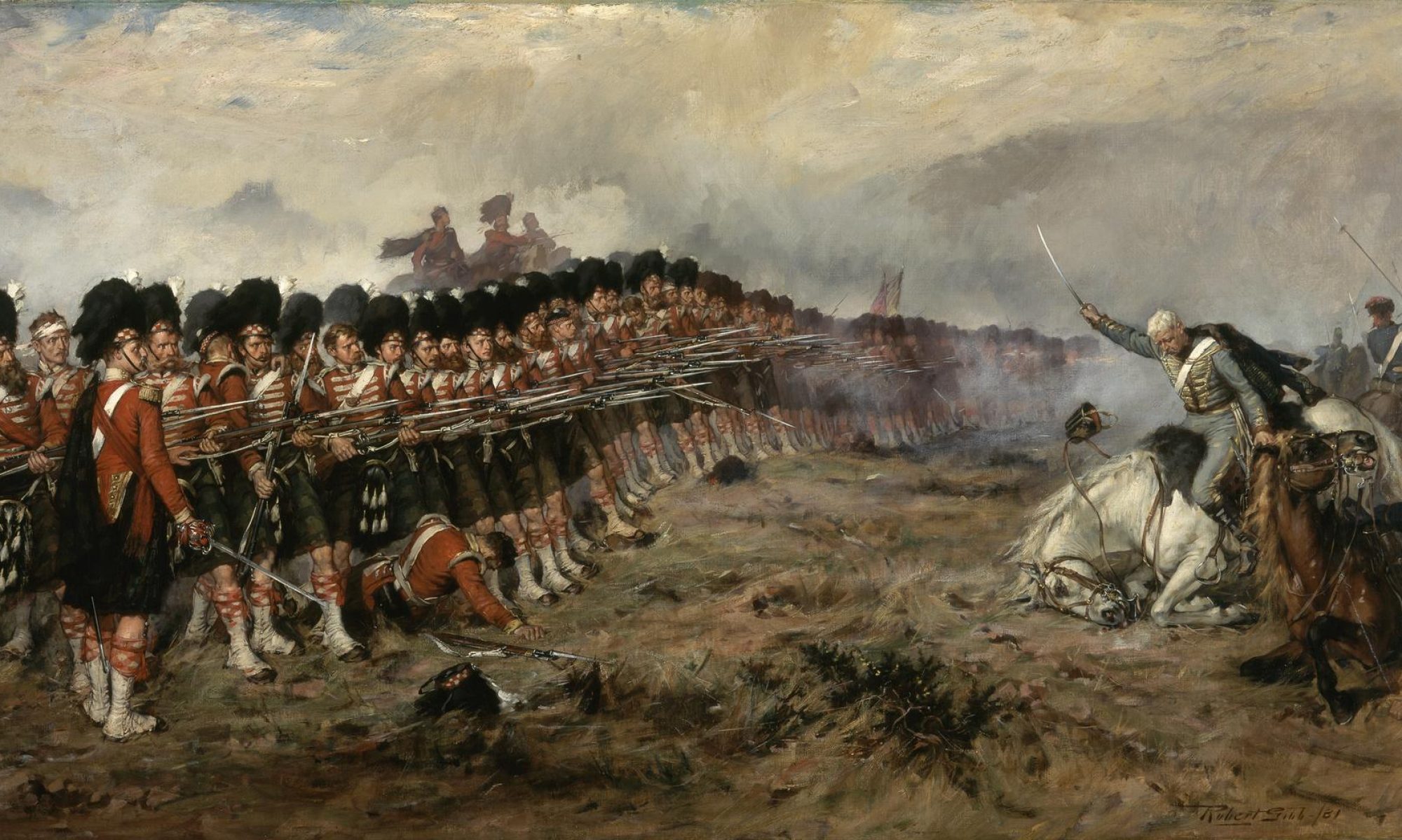In his book “A true history of the conquest of New Spain” (Un veridad historia de la conquista de Nueva España) Conquistador Bernal Diaz de Castillo wrote that after experiencing many hardships and battles, Juan de Grijalva’s 1518 expedition to Yucatan, landed in the Tobasco region of Mexico on the 1st of May. There he tells of a very poignant little story, that I found strangely moving, possibly about how the first Oranges came to central America.
“We therefore turned our vessels about, hoisted all the sails, and arrived in a few days, being greatly assisted by the currents, in the wide waters of the Guacasualco river. We could not make any stay here on account of the boisterous state of the weather, and therefore continued our course along the coast until we arrived at the mouth of the river Tonala, to which we gave the name of St. Antonio (The San Antonio River runs into the Rio Grijalva some ten miles from Frontera on the coast of the Tobasco region of Mexico) . We ran up this river and careened the leaky vessel, which had struck there several times against the rocks.
While we were busily engaged at this work, numbers of Indians came up to us from the harbour of Tonala, which lay about four miles from this place, bringing with them maise-bread, fish, and fruits, which they readily gave us. Our commander was particularly kind to them, and presented each with white and green glass beads, giving them at the same time to understand by signs that they should bring us gold in exchange for our goods. They soon complied with our wishes, but their gold was of a very inferior quality, for which they received imitation corals. As soon as the inhabitants of Guacasualco and the neighbouring districts had learnt that we offered our goods for barter, they brought us all their golden ornaments, and took in exchange green glass beads, on which they set a high value. Besides ornaments of gold, every Indian had with him a copper axe, which was very highly polished, with the handle curiously carved, as if to serve equally for an ornament as for the field of battle. At first we thought that these axes were made of an inferior kind of gold; we therefore commenced taking them in exchange, and, in the space of two days, had collected more than 600, with which we were no less rejoiced as long as we were ignorant of their real value, than the Indians with our glass beads. One of our sailors, who had by stealth bought seven of these axes and was secretly congratulating himself on this piece of good fortune, was betrayed to our commander-in-chief, who, ordering the man in his presence, commanded him to deliver up his treasure. Still of opinion that these axes were of gold, the poor fellow, though forced, reluctantly parted with them. This brings to my mind what befell one of our men, named Bartolome

Prado: this fellow had managed to get inside of a temple, called by the Indians a cue, which stood upon an elevated spot (Possibly Los idoles on the rio Grijalva), and had found in it numerous idols, and some copal, which is the incense of the Indians; also knives made of hard flint, with which they cut their meat offerings, and otherwise make use of in their sacrifices. Besides these things, he found two small wooden boxes, filled with golden trinkets which are worn about the head and neck; also small idols, and other ornaments somewhat resembling our pearls. The idols he brought to his commander, but took care to keep the gold himself. It seems, however, that some one had been watching him all the time, who reported what he had seen to our captain. We all felt concerned at this, and spoke a good word for him, as he was a kind-hearted being: we begged hard of our commander that he might be allowed to retain his treasure, minus the fifth part claimed for the emperor, which being granted, the man had nigh upon eighty pesos left for himself. In this place I must also acquaint my readers how I sowed some orange seeds close to one of these temples. On account of the numbers of muschetoes (Mosquitos) which swarm along this river, I had, being tired, laid myself down to rest on the summit of a high temple: in gratitude for the quiet slumber I enjoyed there, I sowed, at the foot of this building, eight orange seeds which I had brought with me from Cuba. These seeds grew very fast, and when grown to small plants, were most probably watered and preserved from the ants by the papas (What Castillo calls Indian priests, the Spanish word for Father), as soon as they perceived the new plant. I have merely related this in order to acquaint my reader that these were the first orange seeds that were planted in New Spain. Subsequent to the conquest of Mexico and friendly subjection of the Indian tribes on the Guacasualco, this province, being excellently situated, was considered of greater importance than any other, no less on account of its mines than for its beautiful harbour. The country, moreover, abounded in gold, and contained fine pastures for sheep, which was the reason why the most illustrious of the conquistadores of Mexico settled themselves there; among which number was myself,—and I did not forget to look for my orange trees, which, indeed, I transplanted, and they afterwards flourished uncommonly.”
Check out this book on the iBookstore: https://itunes.apple.com/WebObjects/MZStore.woa/wa/viewBook?id=492225046
Josh.



Reblogged this on LONDON ENGLISH ACADEMY GDL.
Thank you I am very honoured.